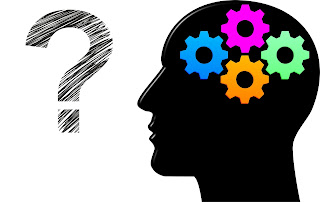 |
| Image source |
Module 5 was a stepping stone that furthered my understanding of fair use, copyright, and a person's digital footprint. Things you share online are permanent, just like a tattoo! Digital footprints are unimaginably long trails of information that follow a digital consumer everywhere. As a teacher of a Gen-Y society, it's increasingly frustrating to witness a student's careless approach to using digital media and images without permission from the owner. Students (and many adults) go straight to Google and search for whatever they need, copy it, insert it, forget to cite it, and move on.
Terms like public domain, creative commons, fair use, copyright, and plagiarism need to be regularly used in context, no matter what the age, grade level, course or discipline. Far too many students and adults are irresponsibly using digital media and risking hefty penalties and fines for their poor choices. Why take that chance?
| Image source |
| Image source |
Here are a few important facts that summarize Module 5:
- Copyright applies for any creation. A teacher or student should generally assume that everything is copyrighted. Using copyrighted material without the owner's permission is illegal. Fine can cost $250 to $150,000.
- If digital material is part of the public domain then copyright law doesn’t apply because it includes lots of creative works that are freely available for anyone to use.
- When people want their work used by others we call these open educational resources (OER); a growing hub of FREE materials.
- Showing a full-length feature film in class is often a violation of the movie’s copyright!
- Just because you bought a song or album doesn’t mean you can use it however you want. Only use small chunks of the media for personal use.
























